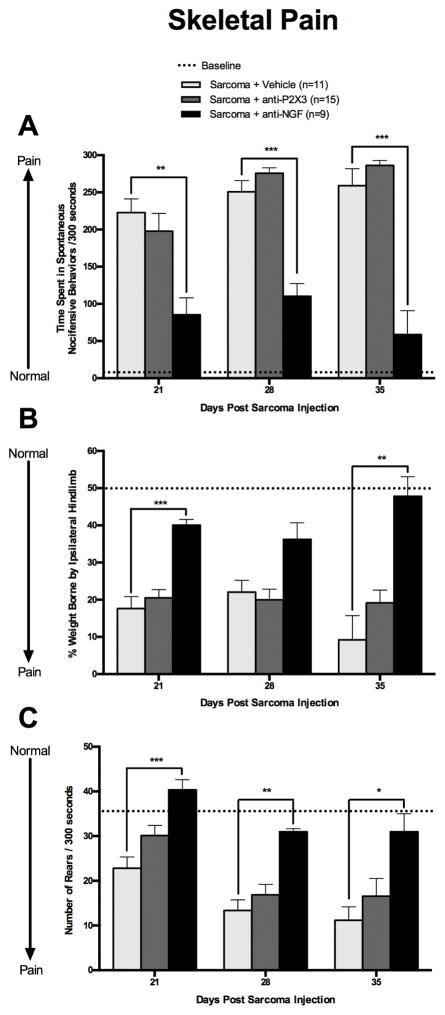Figure 2. Skeletal pain related behaviors in animals with CIBP are reduced by treatment with anti-NGF but not anti-P2X3.
Animals with CIBP treated with vehicle (PBS; light grey bars) exhibited several skeletal pain related behaviors including; increased spontaneous nocifensive behaviors (A), a decline in their ability to place weight on the affected limb (B), and a decline in their ability to rear on their hindlimbs for exploration purposes (C) was significant by day 21 post-tumor injection and these skeletal pain related behaviors increased with disease progression. Sustained anti-P2X3 treatment (30 mg/kg, i.p.; dark grey bars) was ineffective at reducing bone cancer-induced spontaneous nocifensive, changes in hindlimb weight bearing, and increasing rearing activity at all time points. However, animals treated with anti-NGF (10 mg/kg, i.p.; black bars) showed a significant reduction in time spent in spontaneous nocifensive behaviors (at all time points), an increased ability of animals to bear weight on the disease-burdened limb (at days 21 and 35), and an increase in rearing activity (at all time points) when compared to CIBP vehicle treated mice. Dashed line represents the baseline (naïve, pre-surgery) values. Error bars represent S.E.M. * P≤0.05, ** P≤0.01 vs. vehicle, *** P≤0.001 vs vehicle.

